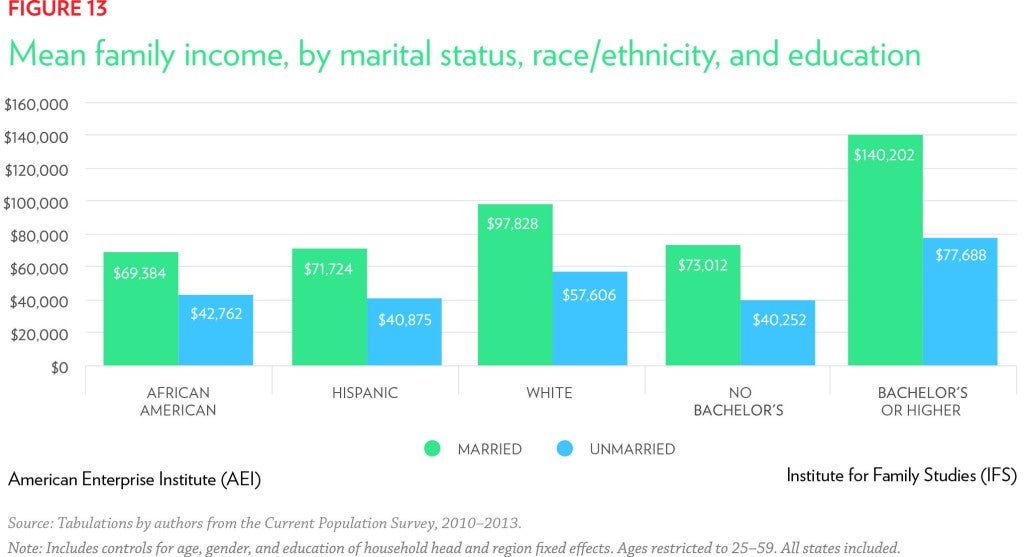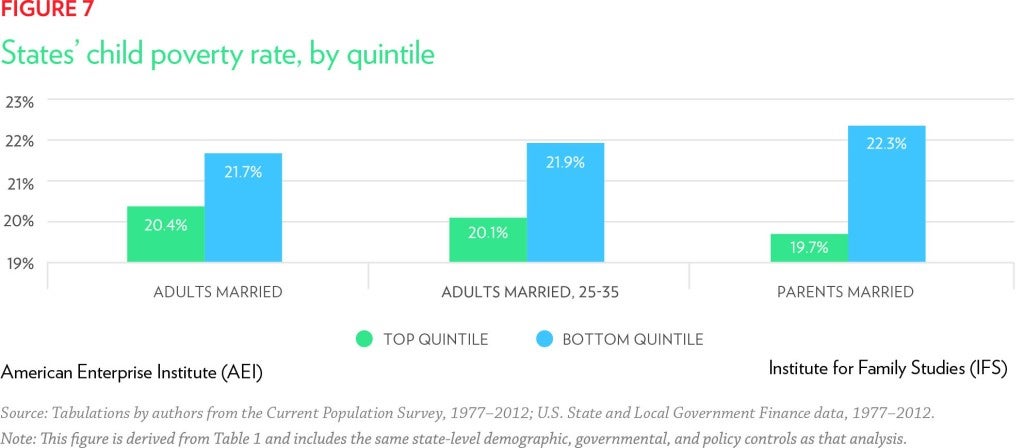Written by Rev. Dr. Eric M. Wallace, PhD.
Part I exposed the motives and ideology of the Black Lives Matter (BLM) founders. Part II explores further why BLM is problematic for theologically orthodox Christians and how the church should respond to it.
The Danger of BLM
One of the dangers of BLM is that it pulls on the heartstrings of those who really care about life—both blacks and whites. Ironically, those who claim concern for black lives ignore the abortion of black babies and the killing of black boys by other black boys in gang violence. While focusing almost exclusively on race as the source of injustice and harm, BLM engage in the politics of racial grievance.
The politics of racial grievance trigger an emotional response that ultimately shuts down logical inquiry or debate, rendering people vulnerable to emotional manipulation. It is designed to exploit whites and blacks alike. In whites, it creates guilt for segregation, Jim Crow laws, and slavery even though systemic racism was defeated decades ago. The politics of racial grievance is intended to make whites feel guilty so that they’ll make concessions to black leadership, funding the programs and activities sanctioned by black leaders.
The politics of racial grievance works on black people too. It galvanizes black solidarity behind a cause, including causes unworthy of black allegiance. The idea is that if anyone should be “down with the cause,” black people should, and if you’re not, you’re a sell-out, an Uncle Tom. Black people are expected to support black causes, period. No questions asked.
This is not a new phenomenon. Booker T. Washington identified people in his day that used the politics of racial grievance to manipulate blacks:
There is another class of coloured people who make a business of keeping the troubles, the wrongs, and the hardships of the Negro race before the public. Having learned that they are able to make a living out of their troubles, they have grown into the settled habit of advertising their wrongs — partly because they want sympathy and partly because it pays. Some of these people do not want the Negro to lose his grievances, because they do not want to lose their jobs.
The dubious goal of the politics of racial grievance exploited by BLM and others is to finance their causes. Thus, in order to advance their agendas, they have to come up with a negative narrative regardless of its veracity. The story must pull on the heartstrings of blacks to ensure solidarity and of whites to keep them feeling guilty and compliant. Hence, the false narrative that “Blacks are being gunned down by white cops” excites those who have been conditioned to accept the claim regardless of its factual accuracy.
Black solidarity is often at odds with the truths of God’s Word. It pulls black Christians away from their solidarity with our Lord and Savior Jesus Christ. For an example, in 1995 Louis Farrakhan and purportedly Christian ministers called on black men to travel to Washington D.C. for a day of atonement for their sins and individual and collective signs of reconciliation to their families and community. On the surface such an appeal appears reasonable and even praiseworthy. Those who take the Bible seriously, however, understand that the work of atonement was made through Jesus’ death, burial, and resurrection:
And by that will we have been sanctified through the offering of the body of Jesus Christ once for all. And every priest stands daily at his service, offering repeatedly the same sacrifices, which can never take away sins. But when Christ had offered for all time a single sacrifice for sins, he sat down at the right hand of God, waiting from that time until his enemies should be made a footstool for his feet. For by a single offering he has perfected for all time those who are being sanctified. (Heb. 10:10-14)
Hebrews 10:26 says, that there is no other sacrifice for sin. Therefore, it is impossible for us to find any other atonement other than what Jesus did for us at Calvary. Neither the Nation of Islam nor Islam understands or adheres to this theology.
Furthermore, Christians should not be following people who don’t understand who Christ is and what He did. The Million Man March gave legitimacy to Farrakhan who neither understands nor affirms Christian theology. I would speculate that neither did the many ministers who were involved in this charade, which birthed nothing and made a mockery of Christianity. It is the people of God—committed followers of Jesus Christ—not the Nation of Islam or BLM, who must take a stand for true reconciliation and repentance.
Loyalty to the King
We can’t allow people who have no loyalty to Christ and His Kingdom to move us to disloyalty simply by appealing to the color of our skin. The call to follow Christ means leaving racial solidarity behind, especially when it conflicts with our identity in and solidarity with Jesus. Racial solidarity, apart from Christ, is idolatry.
In Matthew 10:37 Jesus says, “Whoever loves father or mother more than me is not worthy of me, and whoever loves son or daughter more than me is not worthy of me. And whoever does not take his cross and follow me is not worthy of me. Whoever finds his life will lose it, and whoever loses his life for my sake will find it.”
He repeats it again in Matthew 16:24: “‘If anyone would come after me, let him deny himself and take up his cross and follow me. For whoever would save his life will lose it, but whoever loses his life for my sake will find it.’”
The forsaking of familial relationships also applies to racial and ethnic allegiances. Allegiance and honor to Christ must always be first.
Response of the Church
Matthew 5:13 tells us that as members of the Kingdom of Heaven and disciples of Christ, we are the “salt of the earth”—the preservative and seasoning agents of the earth. Verse 5:14 also calls us the “light of the World.” As Christ followers, our purpose is to bear light in the world, so that our good works will be seen by others and give glory to God. The question is, does Black Lives Matter meet these criteria? It depends on how you understand “good works.”
Just before these verses are found the Beatitudes where Jesus teaches about the foundations of righteous living: those who are poor in Spirit, those who mourn, the meek, those who hunger and thirst for righteousness, the merciful, the pure in heart, the peacemakers, and those persecuted because of righteousness. Jesus, the righteous King, calls upon his disciples to be righteous: doing what God commands us. By doing so, we act as salt and light to the World.
So, how do we do that? How do we apply these principles of righteousness in our daily lives?
In Matthew 5:20, we are told that our righteousness must exceed the righteousness of the scribes and Pharisees. This is not a works-based salvation but, rather, a recognition that Jesus is the fulfillment of all righteousness, the law, and the Prophets (Matt. 5:17). True disciples of Jesus take on His righteous mantel as sons and daughters of God.
In contrast, the scribes and Pharisees are hypocrites who practice “their righteousness” before men. Jesus warns, “Beware of practicing your righteousness before other people in order to be seen by them, for then you will have no reward from your Father who is in heaven” (Matt 6:1).
God’s righteousness is different from that of the Pharisees, or in our case the practices of BLM.
- It must exceed the Pharisees’ interpretation of the Law (5:21-48)
- It must exceed the Pharisees’ motivation (6:1-21)
- It must exceed the Pharisees’ value system (6:22-34)
- It must exceed the Pharisees’ relationships (7:1-12)
If our righteousness does not affect our relationships with others, it lacks true fellowship with God.
Conclusion
BLM has created a false image. The BLM movement is interested in promoting a “progressive” social and political agenda—not in truly protecting black lives. They affirm homosexual activity and relationships, illegal immigration, and black liberation. Stories of the indisputably tragic deaths of black people at the hands of white cops are continually propagated while the tragic and senseless loss of preborn black babies’ lives and the lives of blacks gunned down in gang violence receive relatively little public attention.
Unfortunately, instead of uniting voices in an urgent call for righteousness and right relations between people, in Ferguson, Missouri, and Baltimore, Maryland, BLM encouraged civil disobedience that became violent. How does that square with what Jesus said in Matthew 5:43-44: “You have heard that it was said, ‘You shall love your neighbor and hate your enemy.’ But I say to you, love your enemies and pray for those who persecute you, so that you may be sons of your Father who is in heaven.”
The church has lost its way. We are suffering the consequences of having far too many church attendees and not enough disciples. After his resurrection, Jesus spoke these words:
All authority in heaven and on earth has been given to me. Go therefore and make disciples of all nations, baptizing them in the name of the Father and of the Son and of the Holy Spirit, teaching them to observe all that I have commanded you. And behold, I am with you always, to the end of the age. (Matt. 28: 18-20).
It’s high time we focus on what Jesus commands. Indeed, He died and rose again because black lives do matter. However, He calls those black lives and all who would follow Him to a greater righteousness that is only found through life lived in Him. The church has the authority to change our communities for Christ, but it must be done for His glory and not our own agenda. It must be done in a way that glorifies God and does not promote racial division. May God help us to faithfully follow after Him, forsaking all else.
Read Part I here.
Dr. Eric Wallace is the co-founder and president of Freedom’s Journal Institute, and has organized the Black Conservative Summit and a one day conference “In Defense of Life: Why All Lives Matter.” Dr. Wallace and his wife Jennifer live in the south suburbs of Chicago.
Support IFI
Please consider helping to support IFI’s ongoing work to educate, motivate and activate Illinois’ Christian community. To make a credit card donation over the phone, please call the IFI office at (708) 781-9328. You can also send a gift to:
Illinois Family Institute
P.O. Box 88848
Carol Stream, Illinois 60188
or online:

 We are very excited about our second annual Worldview Conference featuring world-renowned theologian Dr. Wayne Grudem on Saturday, February 20, 2016 in Barrington.
We are very excited about our second annual Worldview Conference featuring world-renowned theologian Dr. Wayne Grudem on Saturday, February 20, 2016 in Barrington.

